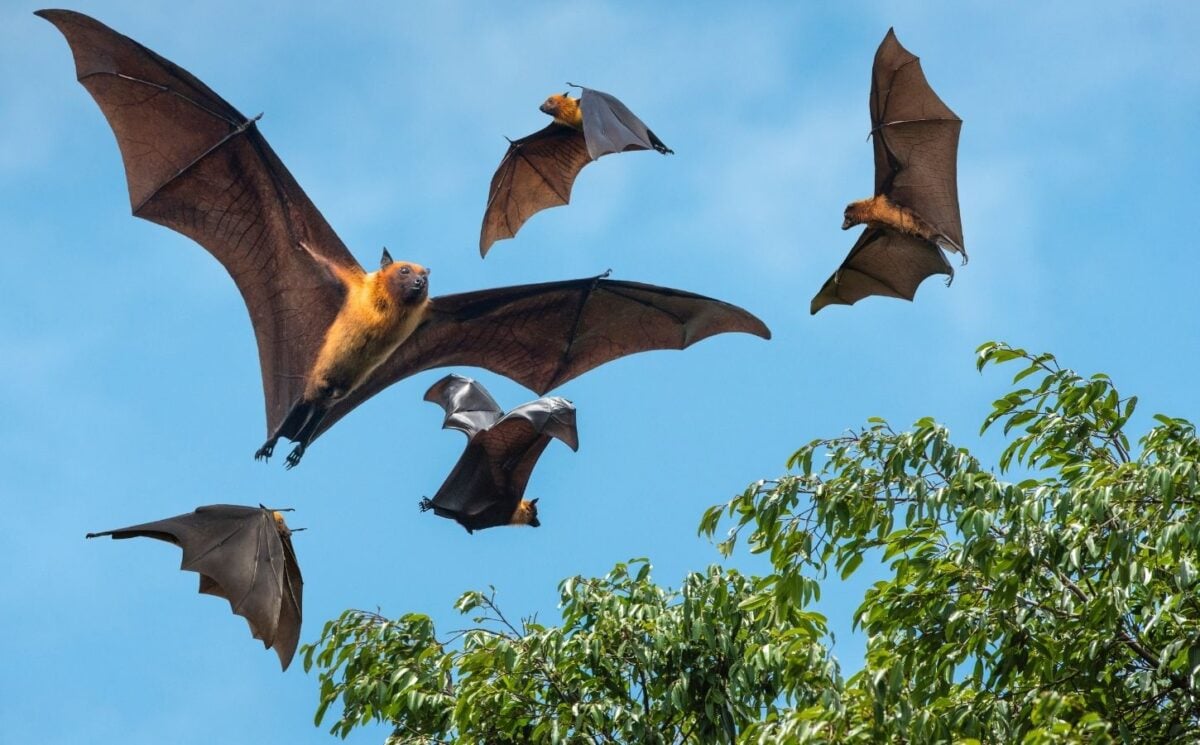Mass bat deaths from a lethal fungus have indirectly led to the deaths of around 1,300 US children due to increased pesticide use, a study has found.
Read more: 5 Million Acre Sugarcane Megaproject Threatens Papua’s Rainforest
Bat colonies have died en masse throughout the US due to a disease that arose almost two decades ago. As bats eat a vast amount of insects (often ingesting 40 percent of their body weight of these each day), farmers dramatically increased pesticide use in areas affected by bat deaths. This surge in pesticide use has been linked to an almost eight percent rise in infant mortality rates in those areas.
The study, published in the journal Science, suggests a strong link between bat and human health. The study author wrote that the research “makes a contribution to our understanding of the relationship between ecosystem functioning and human well-being.”
White-nose syndrome

Back in 2006, an invasive fungus species caused a disease in bats in North America with a 70 percent mortality rate. The disease is known as White-nose syndrome (WNS).
Caused by the fungus Pseudogymnoascus destructans, WNS was first documented in New York and has since spread to 38 US states and eight Canadian provinces. The disease affects hibernating bats by disrupting their hibernation cycle, leading to energy depletion and death. Researchers estimate that millions of bats have died as a result of the syndrome, which has led to a significant ecological impact.
Eyal Frank, assistant professor at the University of Chicago and the study author, found that farmers in areas particularly affected by WNS increased their pesticide use by an average of 31.1 percent. In areas where bat populations were depleted, infant mortality rates (that were not linked to accidents, homicides, or other external factors) were an average of 7.9 percent higher than areas with healthy bats. This is despite the fact that pesticide use was within legal limits.
Read more: Sweden Set To Kill Nearly 500 Brown Bears In Annual Hunt
Bat deaths linked to human infant deaths
According to Frank, this study is somewhat unique compared to others of its kind in suggesting causation rather than correlation. Because the areas affected by the disease are staggered in different locations, Frank was able to identify a causal relationship with bat deaths and infant mortalities. Frank also looked at other factors that could have caused the deaths, including weather, unemployment, and so on, but none of these were linked to increased risk of pesticides or the rise in deaths. “The unexpected invasion of the fungus and difficulties in predicting where WNS will develop—approximating random perturbations to bat population levels—support a causal interpretation of these findings,” he wrote.
Frank stressed that his findings “highlight the direct agricultural and health benefits that bats provide.”
“White-nose syndrome is but one of many threats that bats face, including those that are shared with multiple other species, such as habitat loss and climate change,” he added.
Read more: Brazil Court Fines Rancher $50 Million For Illegal Deforestation






